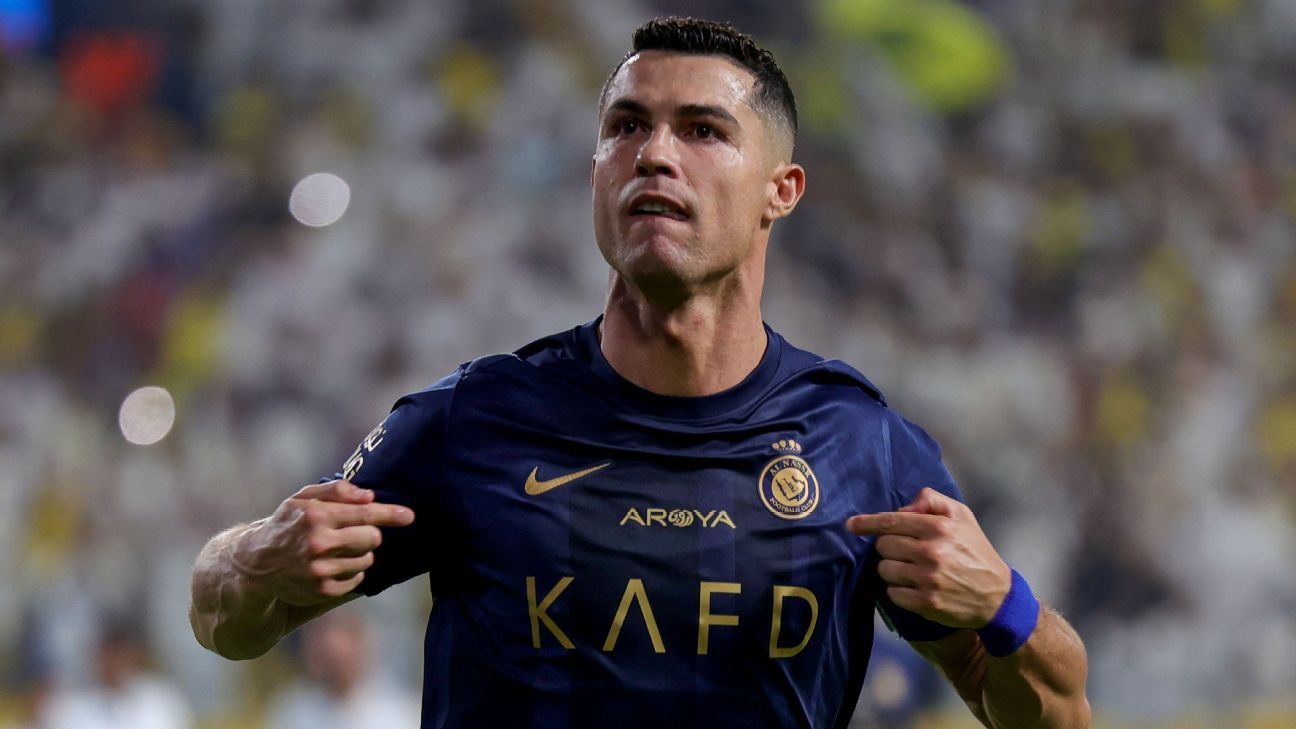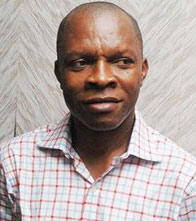Those who said life begins at 40 could have said so because of this legend, Cristiano Ronaldo dos Santos Aveiro, gifted to the world by Portugal. He turned 40 on Wednesday to join the exclusive club of players who, at that age, are/were still scoring goals. On Monday, two days before the milestone age, CR7, …

